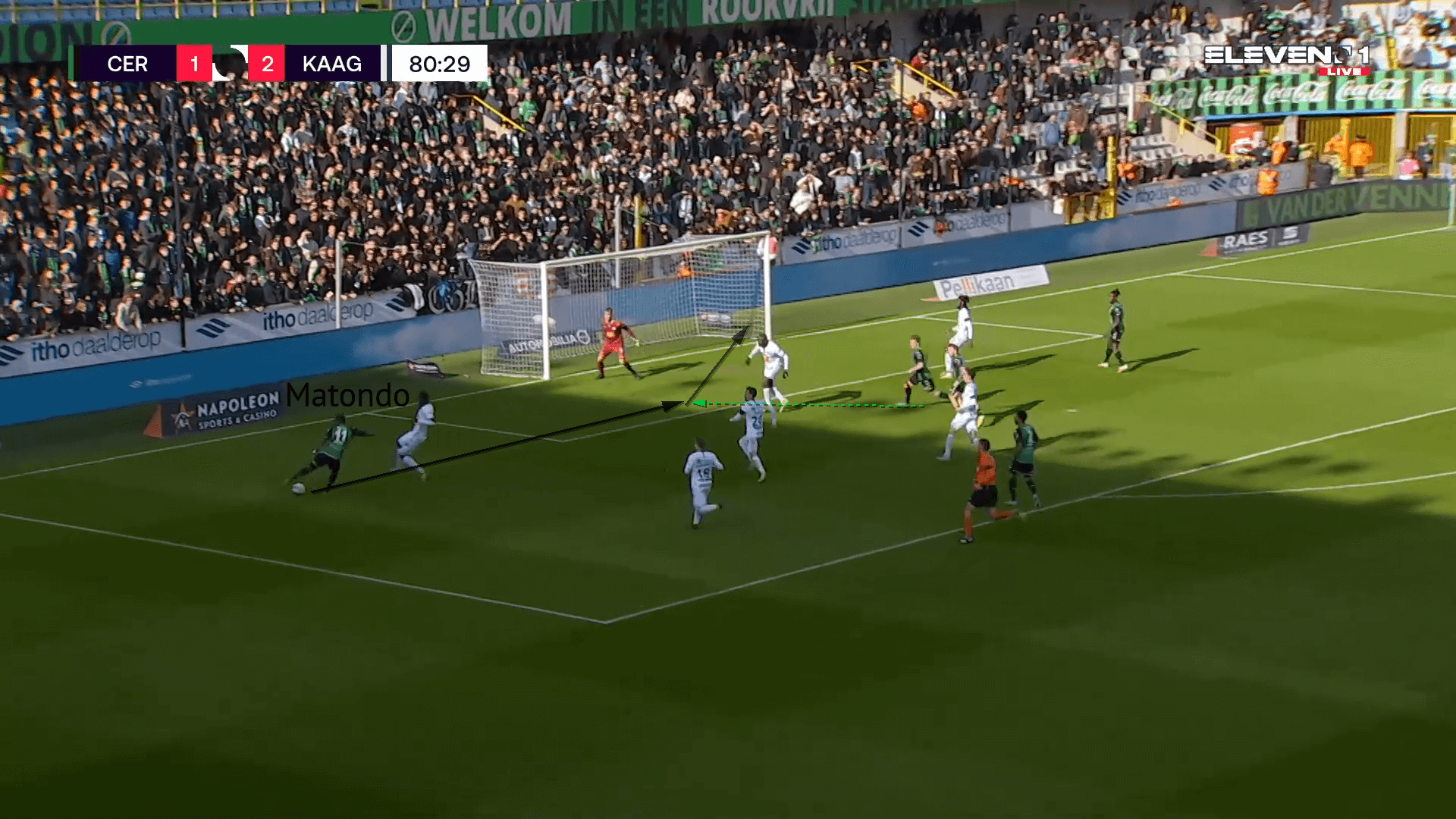What are transitions?
Transitions are one of the main phases in a game of football that refers to a change in possession. A transition commences the moment possession is either regained by the previously defending team or lost by the previously attacking side. This means that if a team losses the ball while attacking, they are instantly transitioning to their defensive phase while if a team who was defending recovers the ball, they are then transitioning into the attacking phase.
For that reason, we can differentiate between attacking and defensive transitions. On an equally important note, transitions in general mustn’t be confused with counterattacks. Attacking transitions are very similar to counterattacking tactics in this regard but as opposed to them, they can also occur within a more organised phase of the game, namely when the attacking team manages to beat the opposition’s press and can then exploit the space behind their backs.
In that scenario, both teams would act as if a counterattack was taking place. Some of the other key aspects we can connect with transitions are acceleration, a direct approach, counterpressing, pressing, quick interplays, loss of possession, recoveries and long passes.
Examples of transitions in football
As we have mentioned earlier, transitions occur in situations when one team either losses or recovers possession. This triggers the attacking and the defensive transition for each of the teams respectively and how they choose to react in that scenario is entirely up to them. Some teams who may prefer a more direct approach to their tactics, like Tottenham Hotspur for example, might aim to quickly advance up the pitch through long balls. Other, more positional teams, like Barcelona or Manchester City, will try to recycle possession first and systematically progress the ball.
In a more general scenario, the defending team will aim to do one of two things when transitioning into their defensive phase. They will either immediately engage in counter-pressing aggressively or drop off and close passing channels, attempting to regain their compactness. These two approaches depend on the team’s general tactics and the coach’s philosophy.
The attacking team, on the other hand, will choose to quickly expand the pitch, either looking to immediately exploit the space up front or restart and approach their build-up more patiently.
Why use transitions?
Transitions are a powerful tool that takes advantage of an unsettled opposition, regardless whether we’re talking about attacking or defensive transitions. When a team is quickly transitioning to attack, chances are the defending team hasn’t had the time to regain their block and can be exploited.
Similarly, when a team is transitioning to defend, it’s a lot easier to immediately recover the ball since the attacking team hasn’t had the time to properly set up their attack. Both scenarios, as you can see, have strengths and weaknesses, as all tactics in football do.

